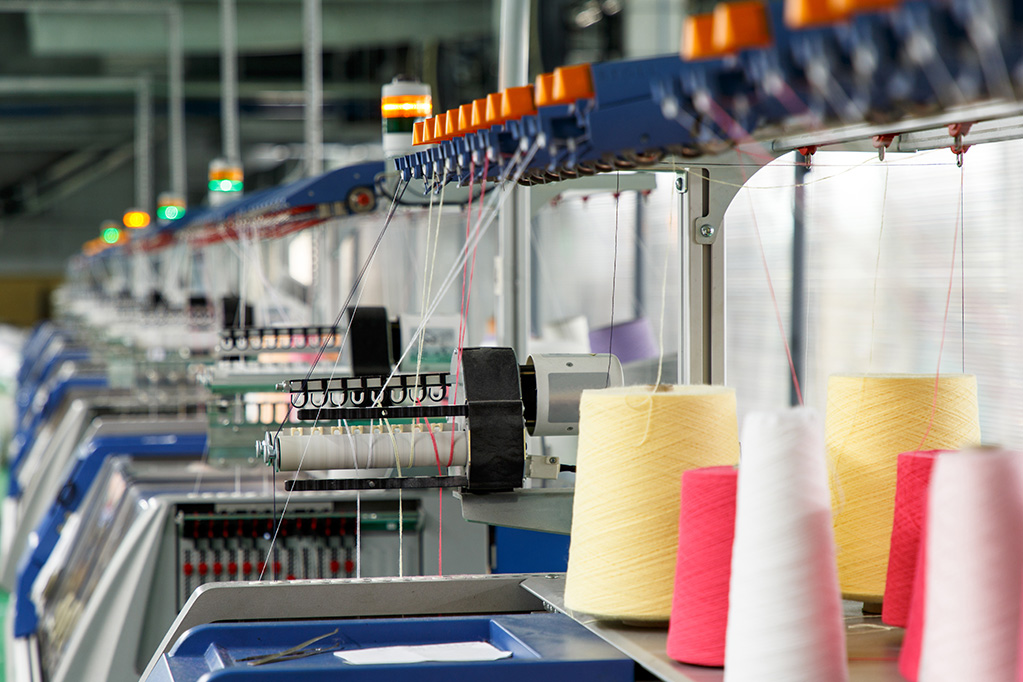The global apparel business is estimated to reach 1,955 billion US dollars by 2026. This growing landscape of business shows the immense potential of the market and indicates the powerful scope of the apparel manufacturing sector and how upward consumption trends are driving the manufacturing sector’s growth across all domains.
However, when looking closely at manufacturing it is important to understand the concept of offshoring and nearshoring in order to gauge its effect and scope in influencing the manufacturing sector and how it may vary the product prices in many cases.
What do offshoring and nearshoring broadly mean?
Offshoring and onshoring both are related to the concept of outsourcing and many times are easy to get confused about. However, the concepts in both cases are a little different. When a company outsources to another city within the same nation, it is known as onshoring. However, when a company sets up manufacturing units in different parts of the country or in an entirely different country then the concept is regarded as offshoring.
Both are considered to be lucrative practices keeping in mind the labor costs and set-up costs, which in most cases are way lower as compared to setting up manufacturing units and a series of other businesses all in one place. Offshoring is all about moving a company’s operations and labor costs to a lower-cost location. Employees can also work from home as a result of this. Furthermore, production coordination and communication are more effective and efficient.
On the other hand, nearshoring refers to outsourcing in a similar time zone and with geographic and cultural proximity between nations doing business. So, in short, all these concepts fall under the broader spectrum of outsourcing but principally they are different and may have varied effects on the company’s broader economics.
Can offshoring benefit an apparel manufacturer?
When considering the production set-up, an apparel company needs to measure its customer base and business nodes first. Domestic manufacturing in most cases may work as the most viable option in case the company is just venturing out with manufacturing. This will not only support the company’s initial growth but also reduce supply chain costs. Big orders can be fulfilled within a short time when the company operates through one location, since the entire supply chain activities of weaving; sewing, dyeing, etc. are done effectively from one location.
However, as compared to other industries in the apparel industry the trends are unpredictable and volatile. In this case, long lead times can result in excess stock due to fading styles, and scarcity of garments that have hot demand. Logistics costs will further increase by the penalizing of suppliers by the retailers for late deliveries which goes up to 2% per day. So, in this backdrop in order to avoid excessive wastage and cost offshoring should be avoided.
When can offshoring prove viable?
Offshoring can be done in circumstances where manufacturing units are near the customers; thereby shortening the lead times. Offshore manufacturing can be considered in cases, where domestic manufacturing is more expensive. Many times, the local real estate and set-up costs may be a lot on the higher side. This is where offshoring fits the bill and even though there are offshore related supply chain costs, but still the same is likely to be budget-friendly as compared to setting up locally. Let’s look at an example to understand this better. For instance, in the US, domestic manufacturing is very expensive given the whole scope of work and set-up and labor-related expenses. Under such circumstances offshoring becomes a valuable module.
Items such as socks which have a stable demand throughout the year, and are not much affected by changes in trends are more likely to be offshored. This is also another factor to keep in mind when deciding on offshoring or nearshoring and other such particulars. That is the type of clothing or garment that needs to be manufactured. Certain types of manufacturing may require a specific kind of specialized labor, which may not be locally available. In that case, offshoring will seem like a very steady option.
Inventory holding costs are also low for certain fast-moving items, thus making offshoring a striking idea. So, the viability of offshoring or nearshoring in the case of apparel production is solely guided by the type of clothing that needs to be manufactured, the cost of manufacturing locally and overall costs incurred for labor or set-up when going beyond borders. Comparing all these factors a decision needs to be taken on what should be the roadmap for manufacturing.
It is all about achieving a competitive edge over others. So, cost calculation and comparison is the trick that will help manufacturers decide whether they want to choose the local shores or venture out and that should always be the deciding factor to draw success.




